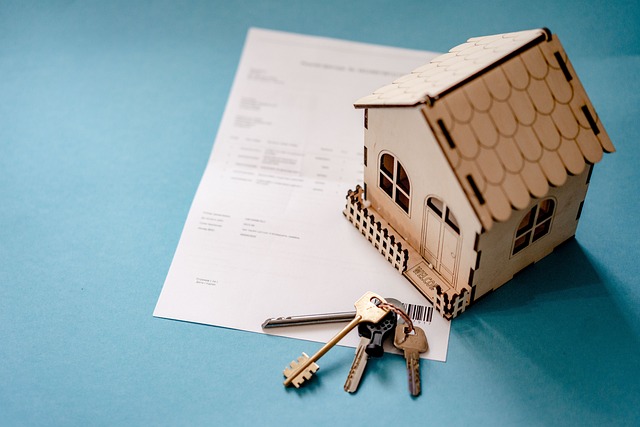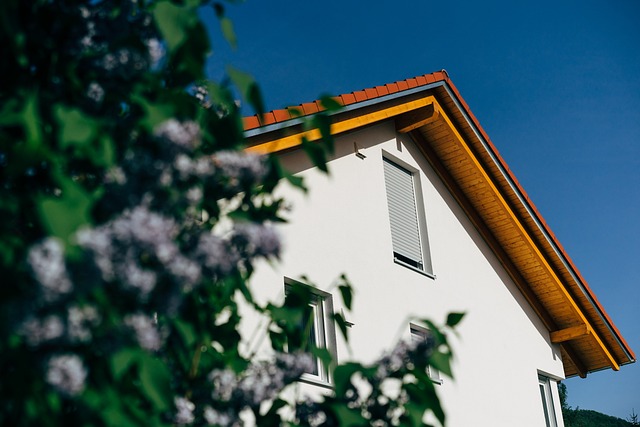Property insurance protects your investment by reimbursing repair/replacement costs after unforeseen events like fires, thefts or natural disasters. Policies vary as all-risk or specific perils coverage, with key components including deductibles and limits. Costs are influenced by location, property age, belongings value, and coverage level. Homeowner's and renters insurance cater to different needs; strategic tips reduce premiums while ensuring adequate coverage against potential risks. Successful strategies include community collaboration for tailored plans and tech-driven assessments for precise pricing and transparency.
In today’s financial climate, securing affordable property insurance is a top priority for homeowners and business owners alike. Understanding the basics of property insurance and how it protects your most valuable assets is crucial. This article delves into the factors influencing policy costs, different coverage types, and practical tips to get the best deals. We also expose common pitfalls to avoid and share case studies illustrating successful strategies for acquiring affordable property insurance. By the end, you’ll be equipped with knowledge to make informed decisions regarding your protection.
Understanding Property Insurance Basics

Property insurance is a safety net that safeguards your investment, whether it’s a home or a business. It offers protection against unforeseen events like fires, thefts, natural disasters, and more. The primary goal of property insurance is to provide financial reimbursement for the repair or replacement of insured properties. Policies typically cover the actual cash value (ACV) of the structure, meaning you’ll be compensated based on the cost of rebuilding at current rates.
Understanding basic property insurance concepts is key to making informed decisions. Insureds can choose from different types of coverage, such as all-risk policies that offer comprehensive protection or specific perils policies that cover only certain events like floods or earthquakes. Deductibles, the amount you pay out-of-pocket before insurance kicks in, and limits, which set maximum coverage amounts, are also crucial components to consider when understanding property insurance basics.
Factors Affecting Property Insurance Costs

Several key factors influence the cost of property insurance, allowing homeowners and renters to better understand their coverage expenses. Location plays a significant role; areas prone to natural disasters like hurricanes or earthquakes often have higher premiums due to the increased risk. The type and age of your property matter too – older structures might require more extensive coverage, impacting costs. Additionally, the value of your belongings and the level of protection you choose will affect insurance rates. Higher deducibles can lower monthly payments, while comprehensive coverage options that include things like flood or earthquake protection will generally increase premiums. Understanding these factors empowers individuals to shop around for the best property insurance deals tailored to their specific needs and circumstances.
Types of Property Insurance Policies

When considering property insurance, understanding the different policy types is key to making an informed decision. The two primary categories are homeowner’s insurance and renters insurance. Homeowner’s insurance is designed to protect individuals who own their homes, covering both the structure of the building and personal belongings inside. It typically includes provisions for damages from fire, theft, vandalism, and natural disasters, among other risks.
Renter’s insurance, on the other hand, is tailored for those who rent properties. While it does not cover the actual structure (as that remains the responsibility of the landlord), it offers protection for the renter’s personal belongings in case of loss or damage. This includes items like furniture, clothing, and electronics. By understanding these options, individuals can select the most suitable property insurance policy to meet their specific needs and financial constraints.
Tips for Getting Affordable Coverage

When seeking affordable property insurance, a few strategic tips can help reduce costs significantly. Firstly, compare quotes from multiple insurers to find the best rates for your needs. Each provider has unique policies and discounts; by shopping around, you can identify those that offer competitive pricing without compromising coverage. Consider increasing your deductible—while this may require a larger out-of-pocket payment in case of damage, it usually translates to lower monthly premiums.
Additionally, review your policy annually and update it according to changes in your property or circumstances. Ensure you’re not paying for unnecessary coverages, as these can inflate the cost. Keep your home safe by installing security systems and fire alarms, as many insurers offer discounts for such measures. Finally, maintain good credit, as insurance companies often use credit scores to determine pricing, with better scores usually resulting in lower premiums.
Common Pitfalls to Avoid When Buying Insurance

When buying property insurance, there are several common pitfalls to avoid to ensure you get comprehensive coverage at an affordable price. One major mistake is failing to compare quotes from multiple insurers. Property insurance rates can vary significantly, and shopping around allows you to find the best value for your needs. Avoid being tempted by lower initial quotes; instead, consider the overall cost over time and choose a policy with good long-term value.
Another pitfall is underestimating the level of coverage needed. Make sure your property insurance policy adequately protects against potential risks, such as natural disasters, theft, or damage from fire. Don’t skimp on essential coverage; it’s better to have robust protection and pay slightly higher premiums than face significant financial losses in the event of a claim. Remember that different policies offer various deductibles, which can impact your out-of-pocket expenses, so choose one that balances cost and peace of mind.
Case Studies: Successful Strategies for Affordable Property Insurance

In the pursuit of affordable property insurance, several case studies illustrate effective strategies that have benefited both insurers and policyholders. One notable example involves a small, rural community that implemented a community-driven approach. By fostering collaboration between local residents, authorities, and insurance providers, they created a tailored plan that considered unique risks like natural disasters specific to the region. This initiative led to substantial cost savings for homeowners while enhancing coverage options.
Another successful case focuses on technology’s role. An insurance company introduced a digital platform offering personalized property assessments. By utilizing advanced algorithms and remote sensing data, they could accurately evaluate properties, enabling more precise pricing. This tech-driven strategy not only reduced operational costs but also gave policyholders the advantage of transparent, customized coverage, setting a new standard in the industry for affordable property insurance.
